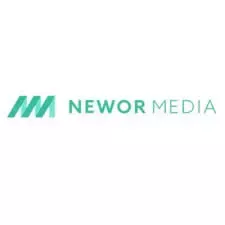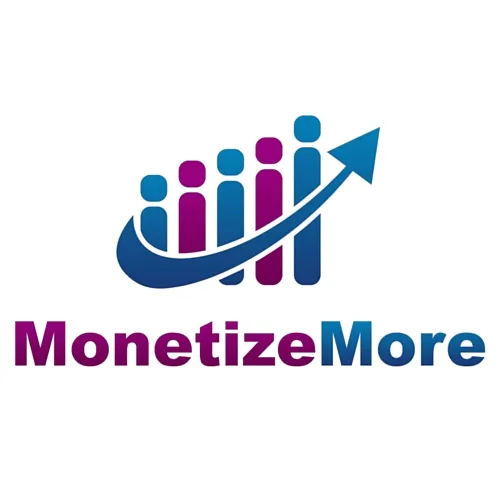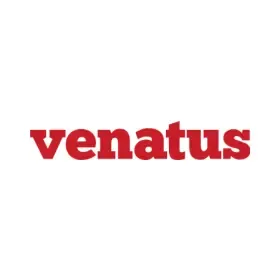The Best Ad Networks for Hobbies & Interests Sites
Is there a leisure time activity you would like to monetize? Perhaps you blog about sewing or drawing and help others get better at the skill. It is time to monetize that content. Ad networks are platforms that connect website publishers (those who own websites) with advertisers (those who want to promote their products or services). Ad networks provide publishers like you with a way to monetize your websites by displaying ads on your pages. You can choose one such ad network or more for your hobbies and interests content and monetize it. While not many ad networks work with hobbies and interests websites, there are benefits to those that do.
Benefits of ad networks for Hobbies & Interests sites for publishers
Ad networks for hobbies and interest sites offer several benefits to you, including:
- Monetization: Ad networks provide you with a way to monetize your websites by displaying ads on their pages. This allows you to earn revenue from your website traffic without having to sell products or services.
- Diverse Ad Inventory: Ad networks have a large pool of advertisers, which ensures that you get a wide variety of ads to display on your website. This means you can choose ad placements and formats that are non-intrusive on your content.
- Targeted Ads: Ad networks use advanced targeting technologies to deliver highly relevant ads to publishers' audiences. This means that you can display advertisements that are more likely to be clicked on by your audience, resulting in higher click-through rates and higher revenue.
- Increased Revenue: Ad networks often have a large pool of advertisers, which means that you can benefit from higher CPMs (cost per thousand impressions) and higher click-through rates. This can result in higher revenue for you, especially if your website has high traffic.
- Easy to Implement: Ad networks are typically easy to implement on websites, with most networks offering simple code snippets that you can insert into your website's HTML code. This means that you can monetize your website traffic quickly and easily.
- Analytics and Reporting: Ad networks provide detailed analytics and reporting tools, allowing you to track your ad performance and optimize ad placements for better revenue. This data can also be used to understand your audience better and create more engaging content.
As publishers need to choose the right solutions for their businesses, AdTech vendors equally need to connect with publishers whose content and traffic matches their solutions. Publisher Growth is a platform that connects publishers and AdTech solution providers.
Setupad is one of the best website monetization platforms to increase ad revenue for publishers. Enjoy superior client support and have access to top SSPs.
iZooto provides a dynamic platform for hobbyists and enthusiasts, enhancing their engagement through push notifications that boost user interaction and community participation.
Ezoic is an ad platform that helps publishers in the 'Hobbies & Interests' site category optimize their ad revenue through AI-driven testing and layout adjustments. By offering a range of monetization tools, it enables publishers to maximize user experience while improving overall site performance and earnings.
Newor Media is a professional ad management solution that helps publishers maximize their website’s earnings with AI.
MonetizeMore is a rapidly expanding ad tech company that has established itself as one of the industry leaders in ad revenue optimization. The platform offers a range of tools and solutions to publishers to maximize revenue from digital advertising.
Google AdSense is a contextual advertising network that helps publishers monetize their websites with global fills. It offers one of the best CPC rates for niche blogs and websites. AdSense is the go-to advertising network for all entry-level publishers.
How to choose the best ad networks for Hobbies & Interests Sites for publishers
When choosing the best ad networks for hobbies and interests sites, you should consider the following factors:
- Ad Formats: Ad networks offer different types of ad formats, such as display ads, native ads, and video ads. Pick an ad network that offers the ad formats that best suit your website's design and layout.
- Revenue Potential: Consider the revenue potential of each ad network. This includes factors such as CPM rates, fill rates, and ad quality. Choose an ad network that offers high revenue potential for their website.
- Ad Quality: You should choose an ad network that offers high-quality ads that are relevant and engaging to their audience. Low-quality ads can negatively impact the user experience and lead to lower revenue.
- Reporting and Analytics: Choose an ad network that provides detailed reporting and analytics tools. This allows you to track your ad performance, optimize ad placements, and gain insights into your audience.
- Ease of Use: You should choose an ad network that is easy to use and implement on your website. This includes factors such as the user interface, support, and documentation.
- Reputation: Select an ad network with a good industry reputation. This includes factors such as reliability, transparency, and trustworthiness.
Hobbies & Interests FAQs
Our Editors’ Pick:
Browse these amazing publisher monetization tools handpicked by our team of editors












 (1).webp)


